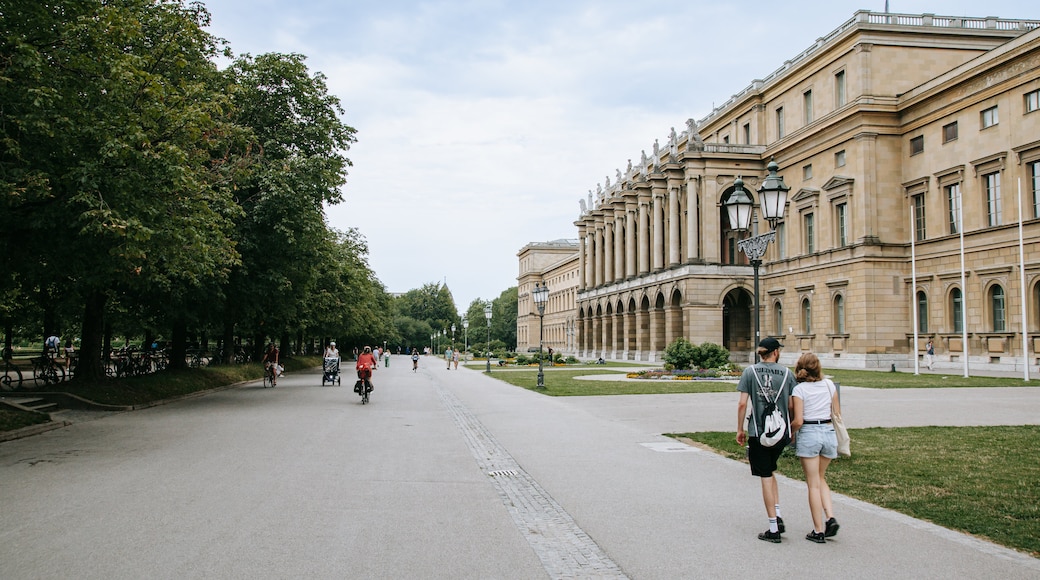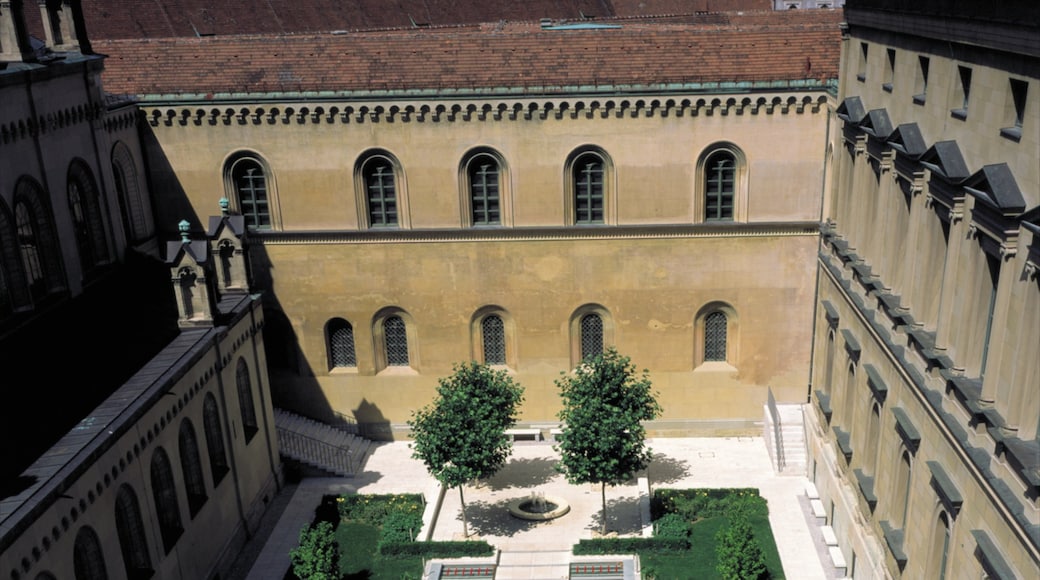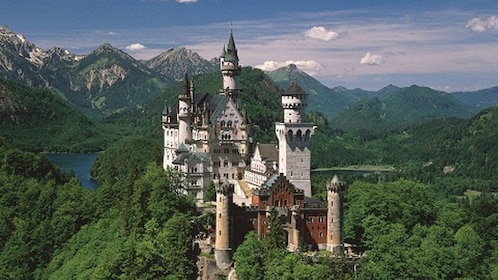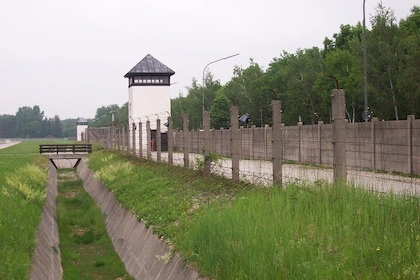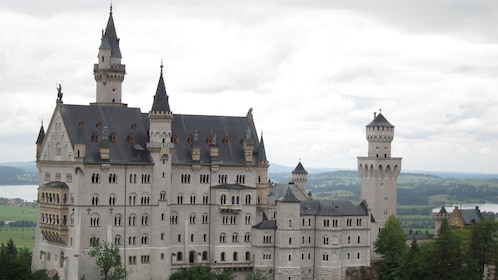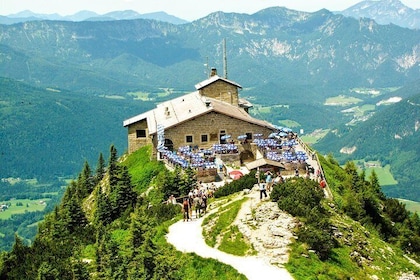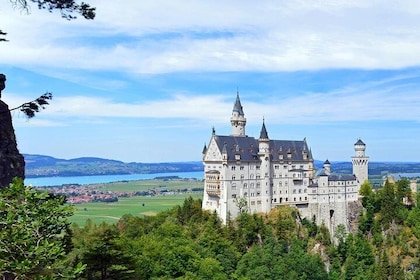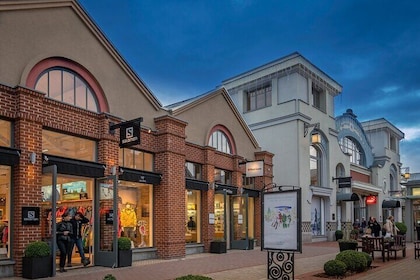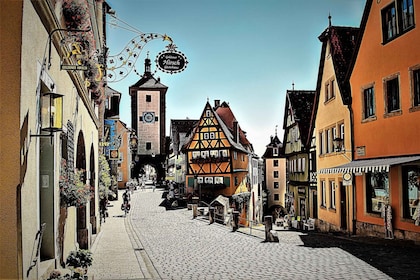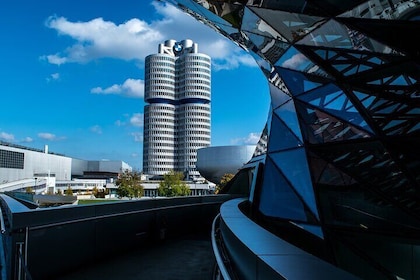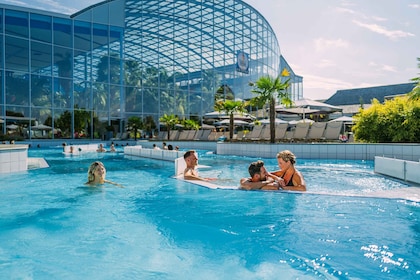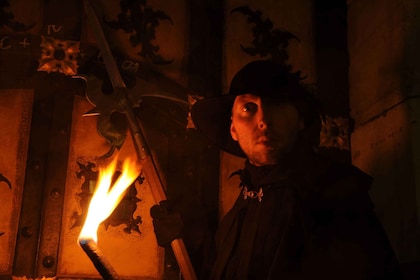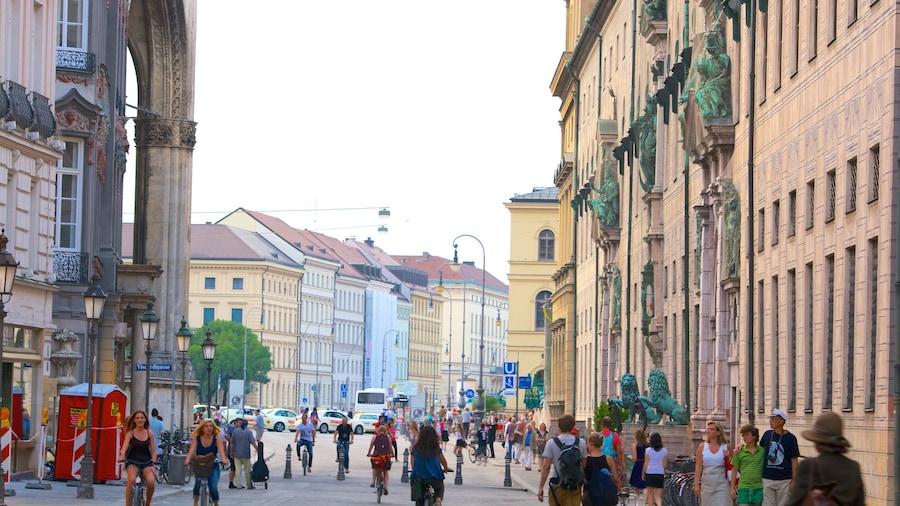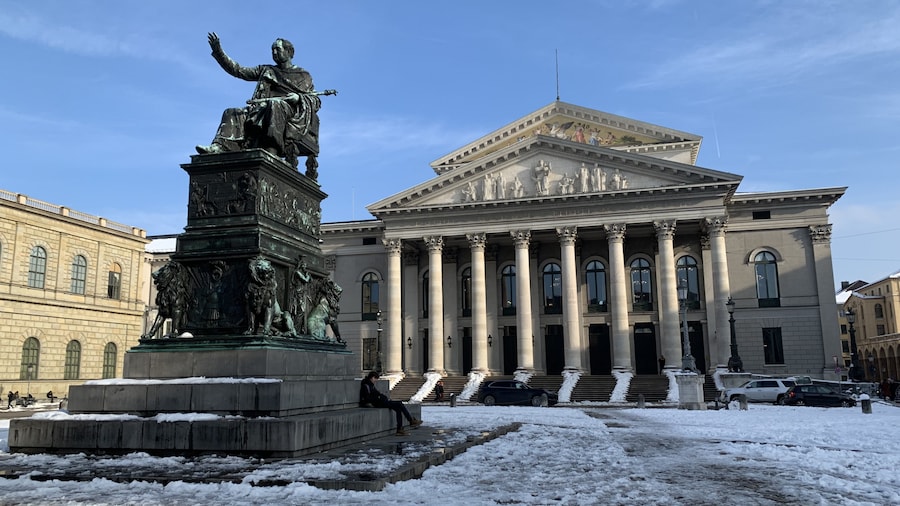For a glimpse into the opulent past of Bavaria’s ruling class, visit this palace in downtown Munich.
Bavarian Dukes, Electors and Kings used the Residenz as both a residence and a seat of government from 1508 to 1918. Over time, extensions were made, with each ruler adding different architectural and interior designs to the palace. Visitors today can see a variety of styles all at once, ranging from Renaissance, Baroque and Rococo, to Neoclassical.
The Residenz is located on the northeastern side of the old downtown area. Once inside, the Residenz Museum provides an insight into the luxurious life of the Bavarian rulers through a series of maintained apartments, chapels and ceremonial rooms. These rooms contain all kinds of priceless objects, such as original porcelain, exquisite furniture, sculptures and tapestries.
Wonderful jewels and crowns that were collected by the Wittelsbach and previous rulers take pride of place in the Treasury of the Residenz. You can also see an assortment of “sacred treasures” in this remarkable collection. Make sure to pick up a free audio guide, which will illuminate the background behind these fascinating artifacts.
Explore the various courtyards within the Residenz. An interesting example is the Grotto Courtyard, named after a grotto there that is decorated with shells and adorned with a fountain. The Fountain Courtyard is also well worth a visit.
Classical music lovers should attend a performance in the Old Court Chapel. Wolfgang Amadeus Mozart famously performed concerts at this very same location. Munich Philharmonic Orchestra members perform works by masters such as Vivaldi, Bach, and Mozart.
Entry to the Residenz Museum and the Treasury comes at a fee, although combination tickets are available. The Residenz is open every day except public holidays, but opening times vary seasonally, so check the website for details.
The Residenz can be reached via the U-Bahn (subway) station at Odeonsplatz.



